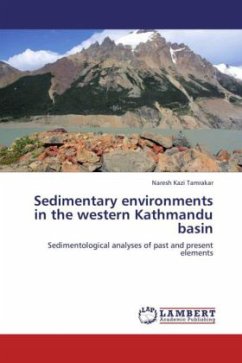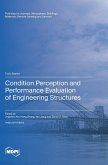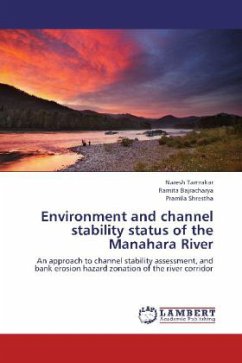Rivers are dynamic and continuous systems having networks of tributaries, and are significant geomorphologic agents showing diversity of form and behavior. Stable rivers tend to maintain dimension, pattern and profile without significant aggrading or degrading. The equilibrium of a river system tends to be disturbed by several factors and once this happens, the stream attempts to reacquire equilibrium by series of adjustments, which are usually mirrored in aggradation, degradation, or changes in planform. An assessment of the Bishnumati River, one of the major tributaries of the Bagmati River, results in to the recognition of departure of the stability condition of this river due to severe deterioration by anthropogenic influences.
Bitte wählen Sie Ihr Anliegen aus.
Rechnungen
Retourenschein anfordern
Bestellstatus
Storno








